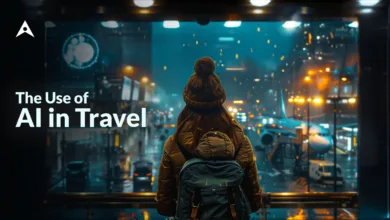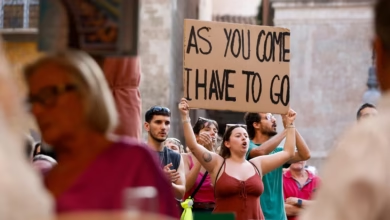Dark Tourism: Why Travelers Are Visiting Sites of Tragedy and Disaster

Explore the rise of dark tourism, why travelers are drawn to sites of tragedy, and what it reveals about modern travel psychology.
While many travelers seek relaxation and beauty, a growing number are drawn to places marked by tragedy or disaster. This trend, known as dark tourism, is reshaping the travel landscape and sparking debates about ethics and memory.
What Is Dark Tourism?
Dark tourism involves visiting sites linked to death, tragedy, or historical conflict, such as battlefields, former prisons, and natural disaster zones.
Why It’s Growing
- Curiosity and education: Many travelers want to understand history firsthand.
- Media influence: Documentaries and series make these places more known.
- Meaningful experiences: Travelers often look for deeper, reflective journeys beyond leisure.
Notable Dark Tourism Sites
- Auschwitz-Birkenau, Poland
- Chernobyl Exclusion Zone, Ukraine
- Ground Zero, New York, USA
- Hiroshima Peace Memorial, Japan
- The Killing Fields, Cambodia
Ethical Questions
Critics argue some sites risk becoming too commercial or disrespectful. Responsible tourism focuses on education and remembrance rather than sensationalism.
The Future of Dark Tourism
As interest grows, more destinations are investing in museums and guided tours to tell stories respectfully. Travelers are also encouraged to research and reflect before visiting.
Conclusion
Dark tourism reveals a side of travel centered on memory, learning, and confronting difficult histories. In 2025, it’s set to become an even bigger part of how we explore the world.
Tags: #DarkTourism #TravelTrends #HistoryTravel #EthicalTourism #MemoryTravel




